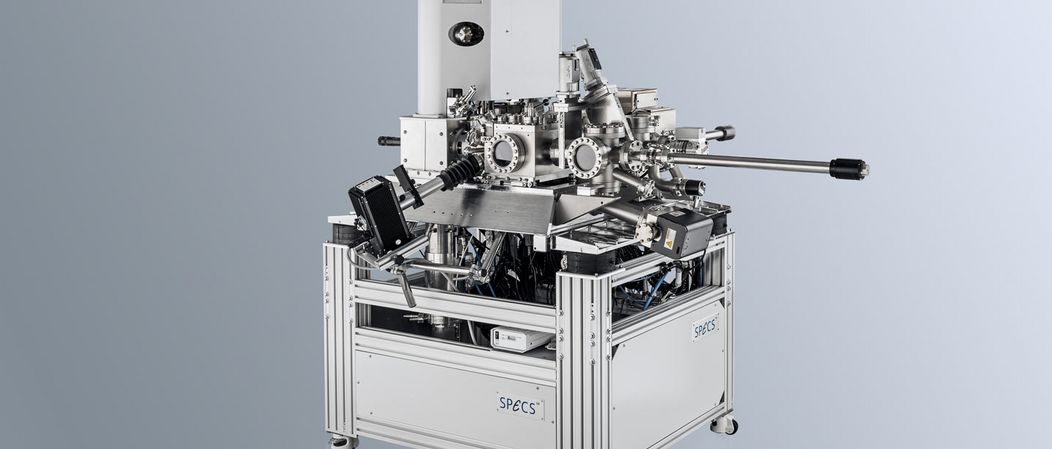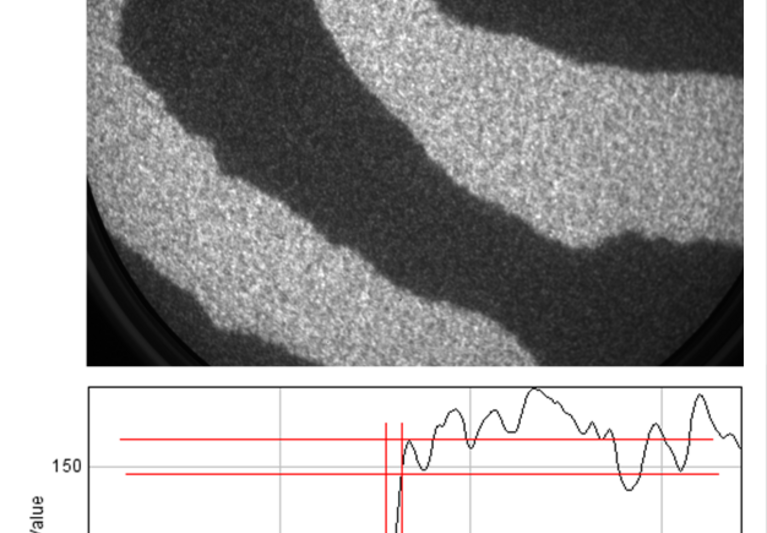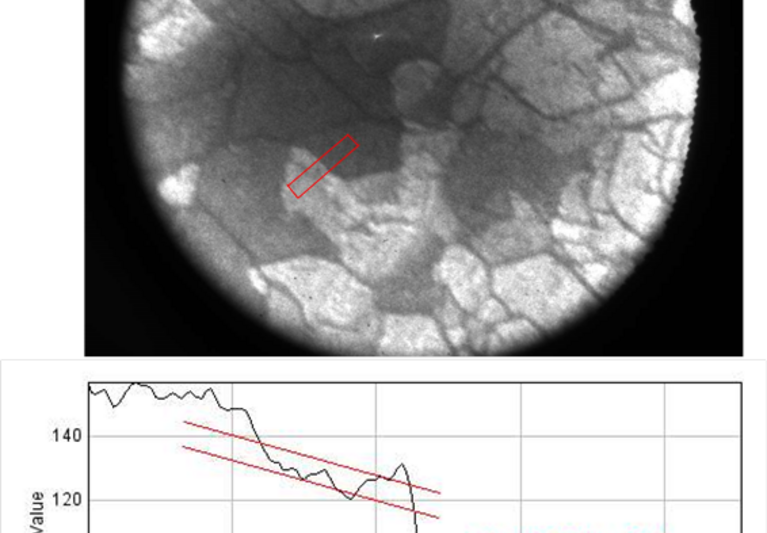LEEM/PEEM
The SPECS LEEM instrument FE-LEEM P90 is a next generation Low Energy Electron Microscope with unsurpassed 5 nm resolution for dynamic LEEM microscopy experiments. With this instrument, based on the design of Dr. Rudolf Tromp, nanometer scale processes on surfaces can be observed in real-time. The instrument is always equipped with an energy filter for spectromicroscopy and is available in a standard version, an aberration corrected version for lateral LEEM resolutions below 2 nm and as a Near Ambient Pressure version for studies in pressures up to 1 mbar.
FE-LEEM/PEEM P90 forms a state-of-the-art surface electron microscope reaching highest resolution in an easy-to-use compact design. Key features are fast specimen exchange, low vibration measurements, and in situ studies on dynamic surface processes. The base system is the PEEM P90 (without electron source) or the FE-LEEM P90 (equipped with a cold field emission electron source). Both are turnkey multichamber systems with an energy filter, sample storage and all necessary vacuum equipment. The system can also be upgraded with an optional aberration corrector for improved transmission and resolution. The FE-LEEM/PEEM is also available in a near ambient pressure version enabling operando studies under pressure conditions of up to 1 mbar.


